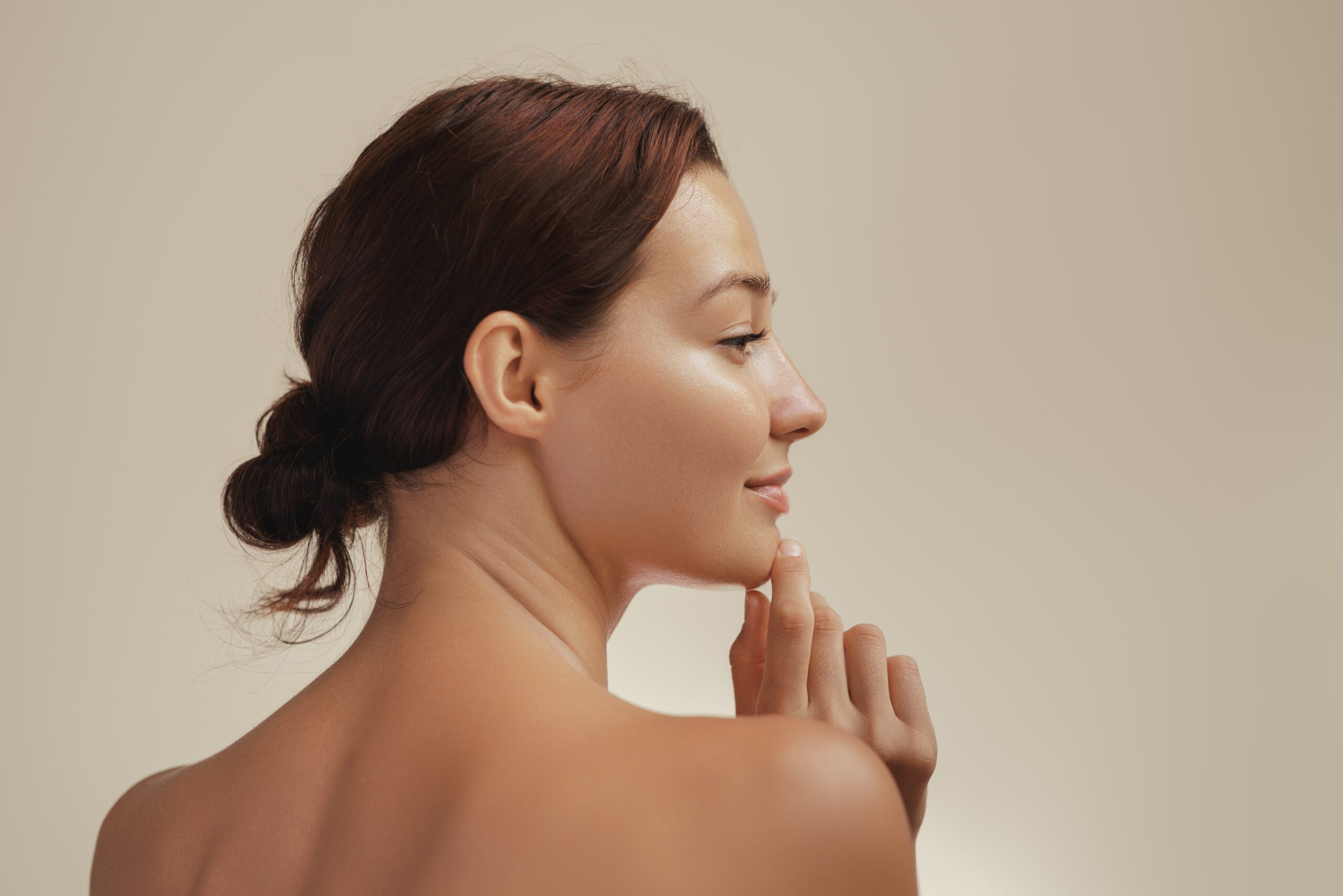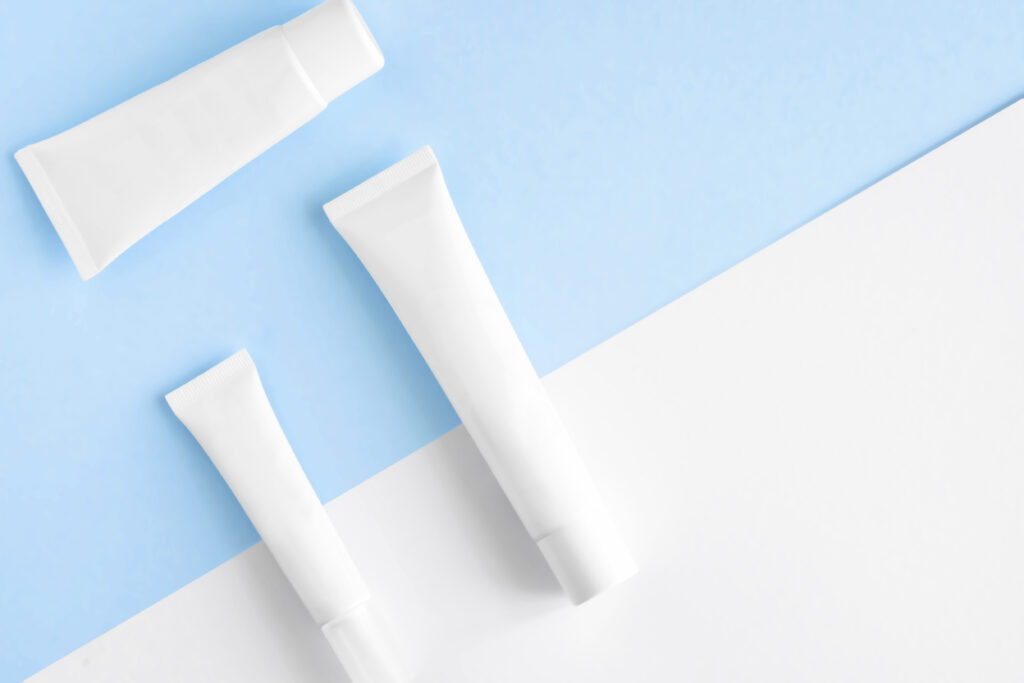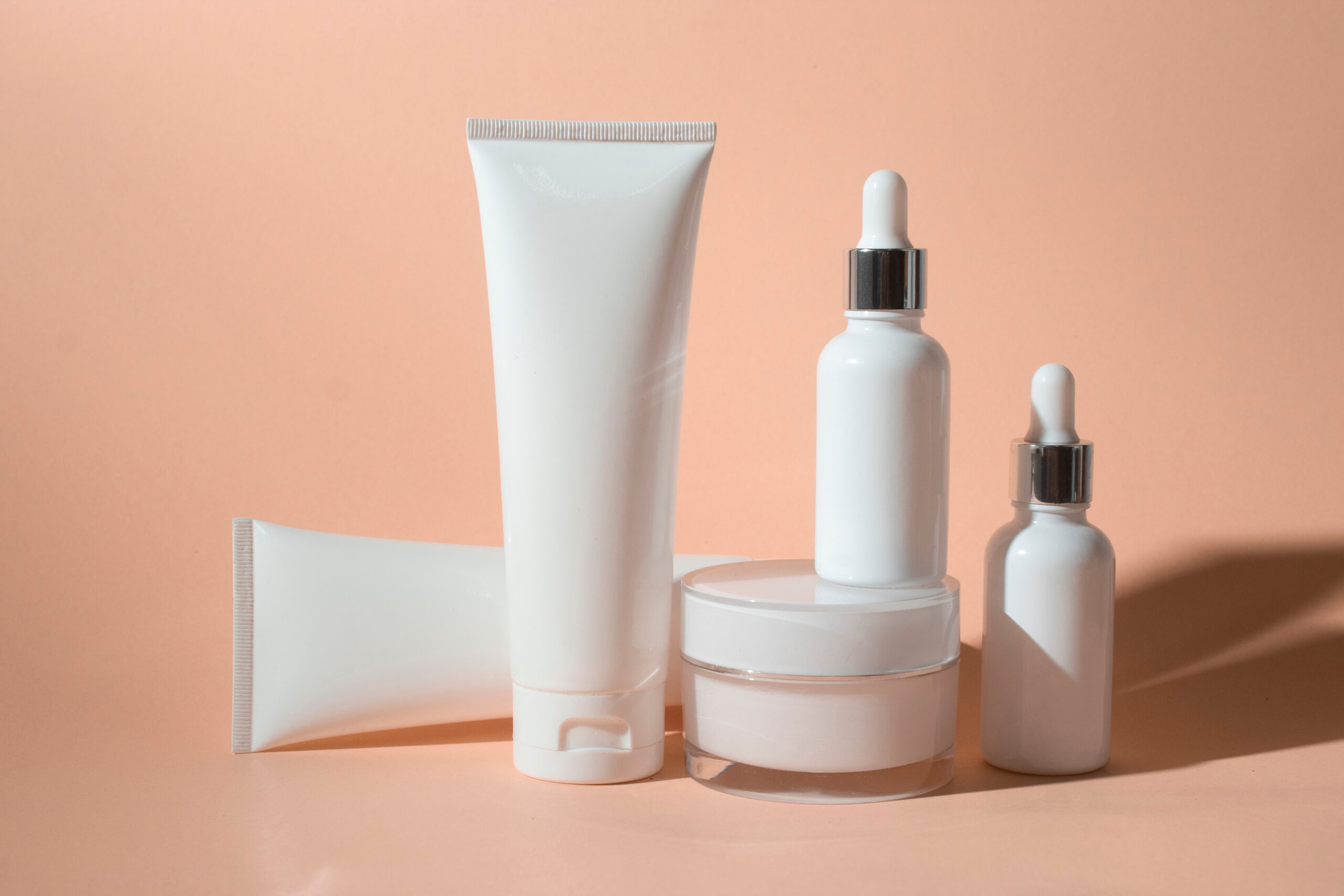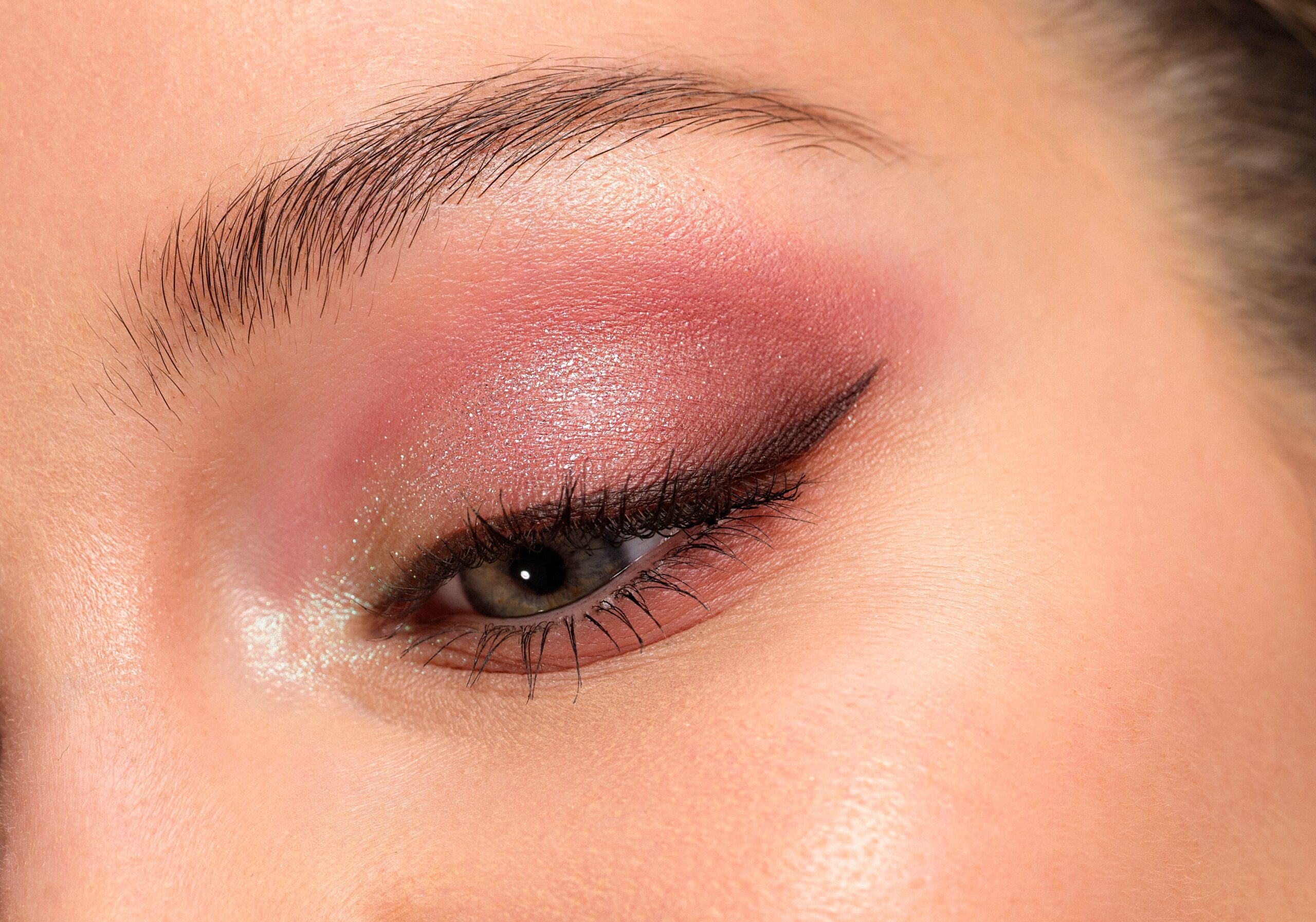
How to Build a Minimalist Skincare Routine That Works
In a world of 10-step routines, beauty hauls, and viral “must-haves”, more of us are leaning towards something simpler — minimalist skincare. Why? Because fewer products mean less confusion, fewer reactions, and more consistency. Whether you’re starting from scratch or scaling back, this guide walks you through creating a minimal routine that’s kind to your skin, wallet, and time — and most importantly, it actually works.
Outline
- Why Go Minimalist with Skincare?
- The 3-Step Core Routine (AM & PM)
- Optional Add-Ons (Only If You Need Them)
- How to Choose the Right Products
- What to Avoid: Common Pitfalls
- Sample Minimalist Routines by Skin Type
- Final Thoughts: Consistency Over Complexity
Why Go Minimalist with Skincare?
If your skin feels overwhelmed, you’re breaking out more than usual, or your shelf looks like a lab — it might be time to simplify.
- Fewer ingredients = less chance of irritation
- Less waste = more sustainable and budget-friendly
- More focus on quality over quantity
- Faster, more consistent routine
Minimalism isn’t about doing less for your skin — it’s about doing what matters.
The 3-Step Core Routine (AM & PM)
At its heart, minimalist skincare follows three golden steps:
Cleanse
Why: Removes dirt, oil, SPF, makeup, pollution.
Use a gentle, pH-balanced cleanser.
- AM: Refresh the skin
- PM: Remove buildup from the day
Cream cleanser for dry/sensitive skin
Gel cleanser for oily/acne-prone skin
Moisturise
Why: Keeps your skin barrier healthy and hydrated.
Look for fragrance-free, non-comedogenic options.
- Use morning and night
- Adjust texture to your skin type (gel for oily, cream for dry)
Protect (AM only)
Why: UV damage = wrinkles, pigmentation, and cancer.
SPF 30+ every morning — even if it’s cloudy or you’re indoors.
- Choose one suited to your skin type and preferences (tinted, mineral, gel, etc.)
No step is more important for long-term skin health than daily sunscreen.
Optional Add-Ons (Only If You Need Them)
Once your basic routine is working well, consider adding:
| Product | When to Use | What It Helps With |
|---|---|---|
| Exfoliant | 1–2x per week (PM only) | Texture, dullness, breakouts |
| Serum | Daily or as needed | Targeted issues (acne, ageing, hydration) |
| Eye cream | AM or PM (if desired) | Puffiness, dryness, fine lines |
| Face oil | PM in winter or on dry skin | Added nourishment |
✨ Introduce only one new product at a time and patch test it first.

How to Choose the Right Products
Read the label
Look for short ingredient lists with clear active ingredients.
Choose multi-taskers
Some moisturisers have SPF. Some serums hydrate and brighten. Let your products work harder.
Know your skin type
- Oily: Light gels, niacinamide, salicylic acid
- Dry: Rich creams, hyaluronic acid, ceramides
- Sensitive: Fragrance-free, minimal actives, oat extract
- Combination: Balanced gel-cream textures, gentle exfoliants
What to Avoid: Common Pitfalls
Over-cleansing or over-exfoliating
→ Damages your barrier and causes more problems
Layering too many actives
→ Can cause irritation, redness, peeling
Falling for every trend
→ Stick to what your skin actually needs
Ignoring sunscreen
→ Your routine is incomplete without SPF
💡 Minimalism works when you’re mindful — not mindless — about what you apply.
Sample Minimalist Routines by Skin Type
Here are some 3-product starter routines to get you going:
Oily / Acne-Prone Skin
- AM:
1. Gel Cleanser
2. Lightweight Moisturiser with Niacinamide
3. Oil-free SPF 50 - PM:
1. Gel Cleanser
2. Spot treatment (optional)
3. Gel Moisturiser
Dry / Dehydrated Skin
- AM:
1. Cream Cleanser
2. Rich Moisturiser
3. Hydrating SPF 30 - PM:
1. Cream Cleanser
2. Hyaluronic Acid Serum (optional)
3. Nourishing Night Cream or Oil
Sensitive Skin
- AM:
1. Micellar Water or Gentle Cleanser
2. Fragrance-Free Moisturiser
3. Mineral SPF 30 - PM:
1. Cream Cleanser
2. Barrier Repair Moisturiser
Final Thoughts: Consistency Over Complexity
Your skin doesn’t need 12 steps — it needs consistency, care and the right ingredients. A minimalist routine helps you avoid overload, listen to your skin, and build something sustainable long-term.
Skincare isn’t about how many products you use. It’s about how well you use the right ones.


